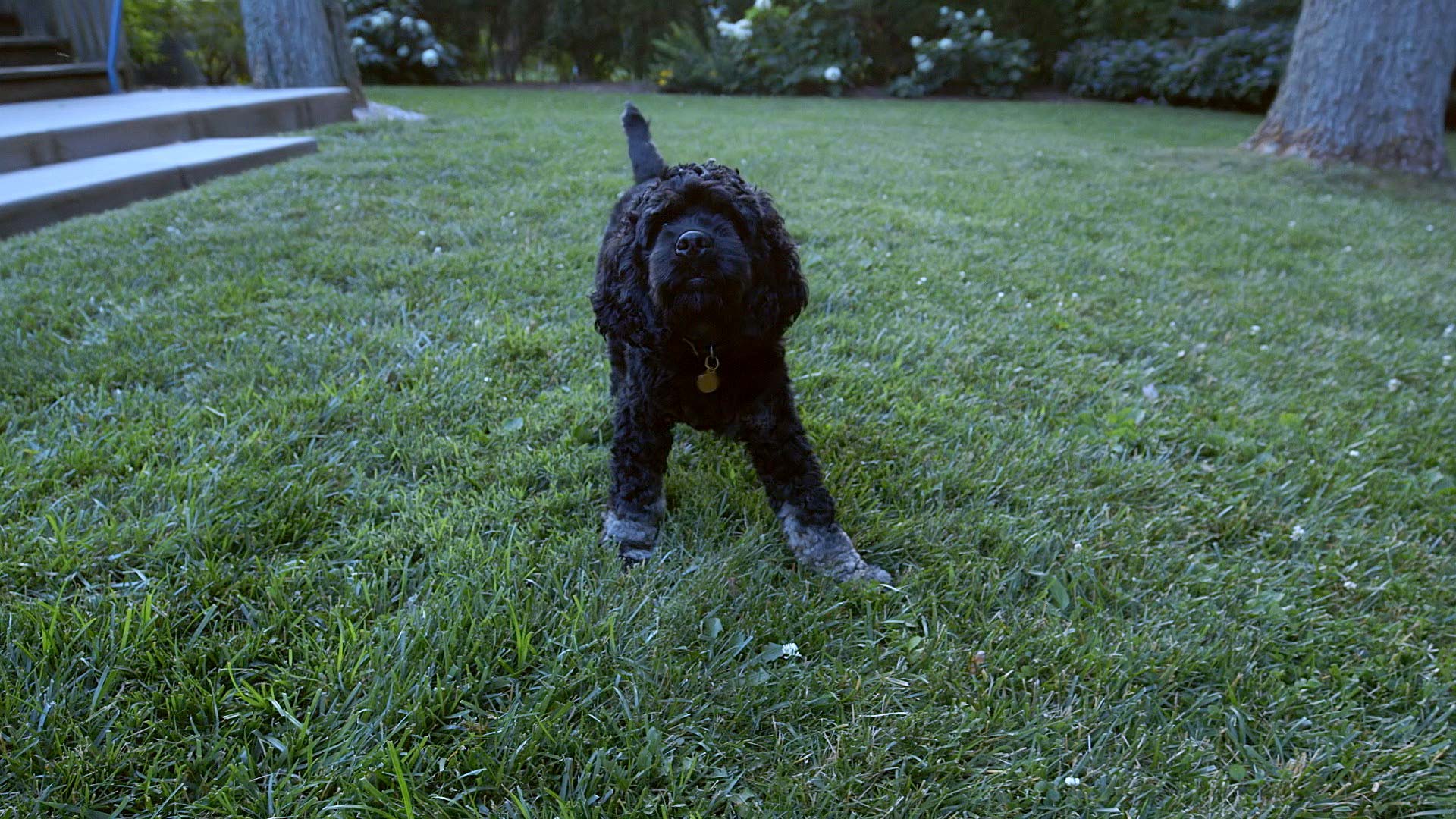I was able to pick up the new Canon 16-35mm f/4L IS USM lens Tuesday afternoon. I had seen the MTF charts when the lens was announced, they looked great, and recent reviews back that up. Far sharper than the 16-35mm f/2.8L Mark II, especially in the corners, noticeably less chromatic aberration, and with the addition of image stabilization (IS).
The only downside seems to be slightly greater chance of vignetting but the extent will depend upon the camera used, the focal length selected and the aperture used. Some might say the maximum f/4 aperture is a downside but I don’t see it that way. I rarely used my 16-35mm f/2.8 L Mark II wide open because the corners were too much of a mess and the chromatic aberration could be an issue. The 16-35mm f/2.8 L Mark II was better than the original Mark I lens but there was still lots of room for improvement.
Here’s a quick test done Tuesday evening, looking at how the lens handles sharpness and image stabilization on a Canon C300 video camera:
It was shot at 23.97p, 180 deg. shutter, 16mm (~24mm equivalent), handheld and with IS on. ISO and f-stop for each clip as marked. The footage was shot in C-log and graded in FCP X. No stabilization or sharpening was added in post.
Overall, I am very impressed. The edge to edge sharpness looks great (keep in mind though that the C300 has ~1.5x lens factor, so testing on a full-frame body is still needed) and the IS looks superb. No staccato jumps as the IS tries to do its job, it’s very smooth. Probably about the smoothest I’ve seen from a Canon lens. The IS only makes a tiny bit of noise when it is turned on.
I’m looking forward to seeing how the lens performs on a full-frame body.
Music: Miss Emma – Une Glace au Citron.
—
Update – 07/06/14: I did another test looking at the 16-35mm f/4L IS USM’s consistency in terms of exposure throughout the zoom range at three different apertures. 16mm – 35mm at f/4, f/8, and f/16. This test was done a Canon 1D X (full-frame body).
The lens looks to be very consistent in terms of exposure. During the test the meter reading in the camera did not fluctuate more than ⅓ of a stop between 16mm and 35mm. The test was done outside in open shade, so not a studio setting. Factoring that in, I’d say the exposure change throughout the zoom range is insignificant.
There is some vignetting visible wide open, at f/4. It is not seen at f/8 or f/16.
—
Update – 08/06/14: How superb is the new 16-35mm f/4L IS USM compared to other lenses? Check out Roger Cicala’s review over at the LensRentals.com blog.
—
Update – 02/10/15: I’ve got a short film made with the 16-35mm f/4 L & using the dual-pixel AF on the C300 here, Snow Falling on Caesar.
